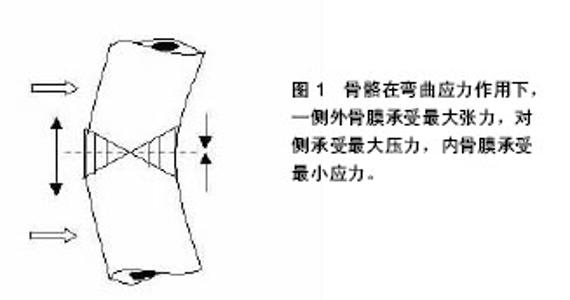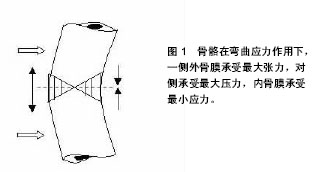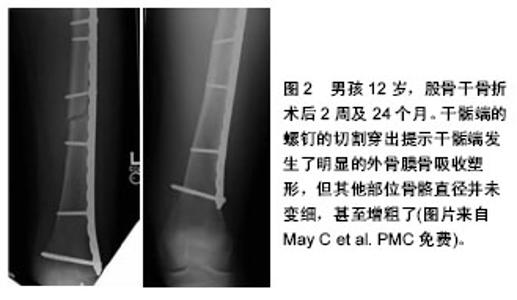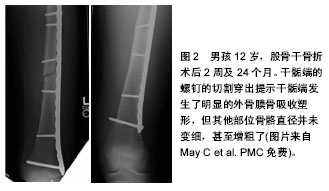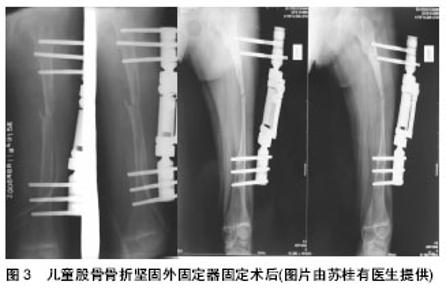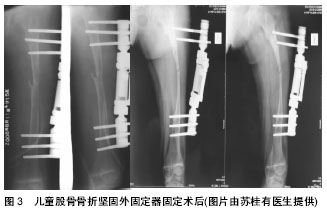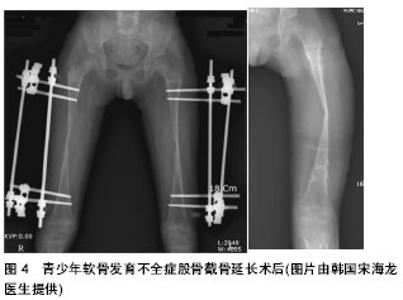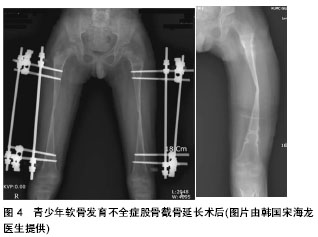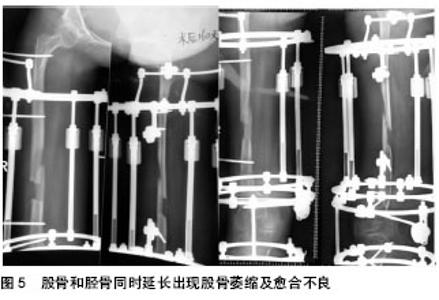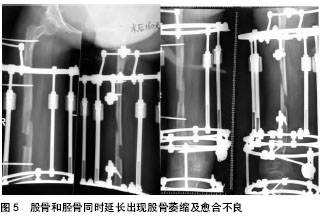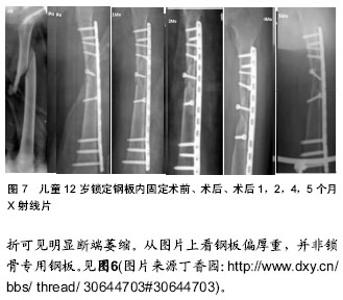| [1] Gkiatas I, Lykissas M, Kostas-Agnantis I et al. Factors affecting bone growth. Am J Orthop (Belle Mead NJ). 2015; 44(2):61-67.[2] Rauch F. Bone growth in length and width: the Yin and Yang of bone stability. J Musculoskelet Neuronal Interact. 2005;5(3):194-201.[3] Buckwalter JA, Glimcher MJ, Cooper RR, et al. Bone Biology. J Bone Joint Surg.1995;77A(8):1276-1289. [4] Wohl GR, Towler DA, Silva MJ. Stress fracture healing: fatigue loading of the rat ulna induces upregulation in expression of osteogenic and angiogenic genes that mimic the intramembranous portion of fracture repair. Bone. 2009;44(2):320-330.[5] Schipani E, Maes C, Carmeliet G, et al. Regulation of osteogenesis-angiogenesis coupling by HIFs and VEGF.J Bone Miner Res. 2009;24(8):1347-1353. [6] 刘振东,马梦然. 骨折愈合理论研究现状[J].中国矫形外科杂志, 2010,18(16);87-91.[7] Nakamura K, Matsushita T, Mamada K, et al. Changes of callus diameter during axial loading and after fixator removal in leg lengthening.Arch Orthop Trauma Surg. 1998;117(8): 464-467[8] May C, Yen YM, Nasreddine AY, et al. Complications of plate fixation of femoral shaft fractures in children and adolescents. J Child Ortho. 2013;7(3):235-243.[9] Seeman E. Periosteal bone formation--a neglected determinant of bone strength. N Engl J Med. 2003; 349(4): 320-323[10] Devmurari KN, Song HR, Modi HN, et al. Callus features of regenerate fracture cases in femoral lengthening in achondroplasia. Skeletal Radiol. 2010 ;39(9):897-903.[11] 刘振东,范清宇.应力遮挡效应—寻找丢失的钥匙[J].中华创伤骨科杂志,2002,4(1):62-64.[12] Trias A,Feri A.Cortical circulation of long bones. J Bone Joint Surg.1979;61A:1052-1059.[13] 刘振东,范清宇,马保安,等.成年狗股骨微波高温灭活后的再血管化研究[J].中华骨科杂志,1998,18(11):682-685.[14] Rhinelander FW. Tibial blood supply in relation to fracture healing. Clin Orthop Relat Res.1974;(105):34-81. [15] 刘振东,秦泗河. 骨痂的形成和分类[J]. 中国矫形外科杂志, 2016,24(4):332-337. |
